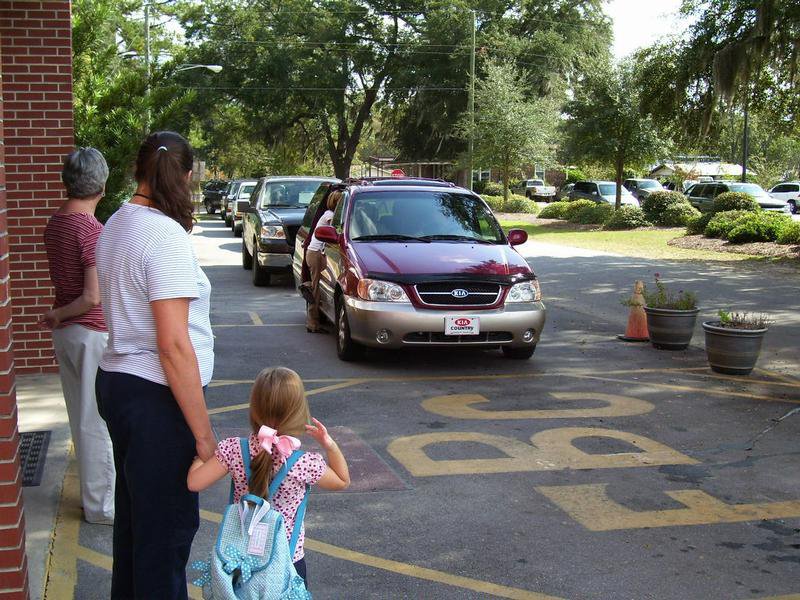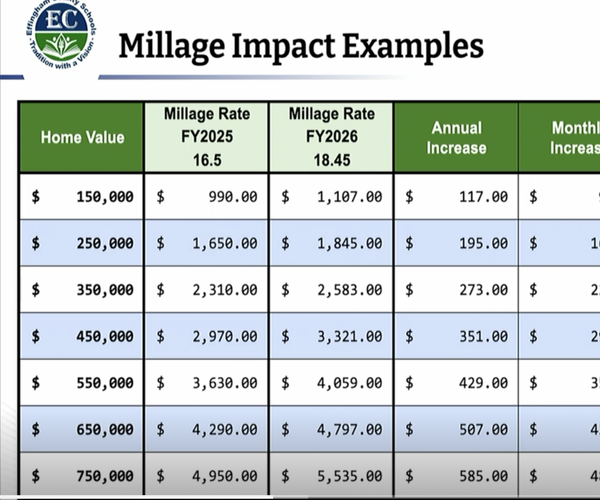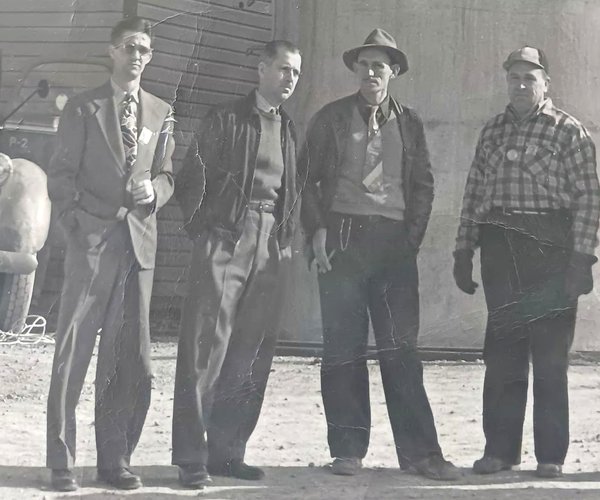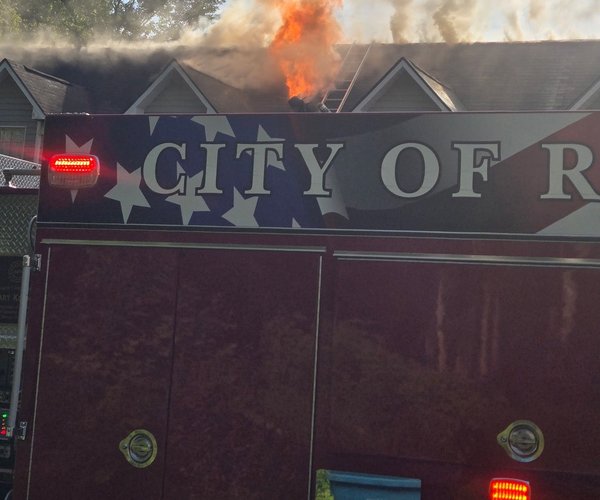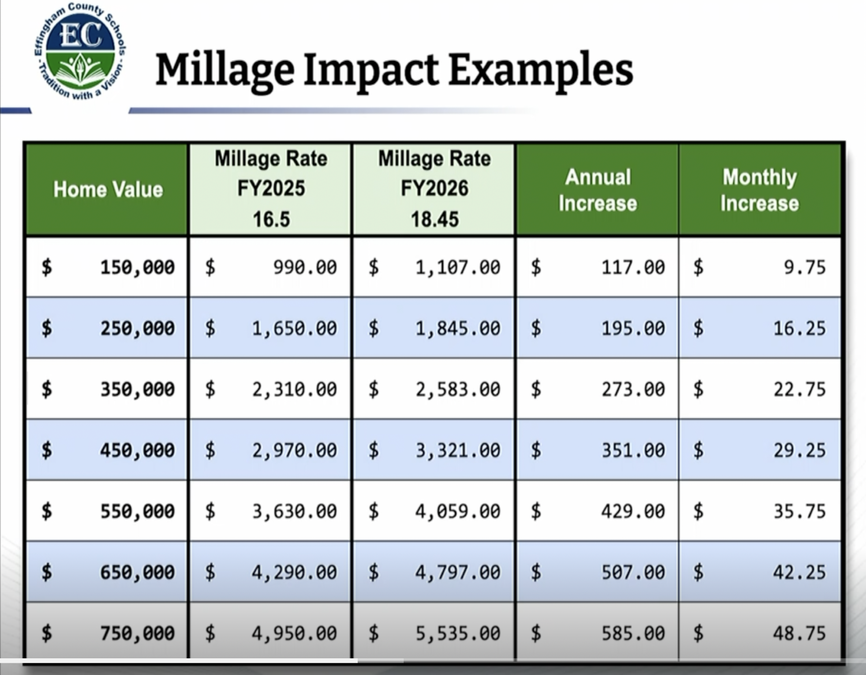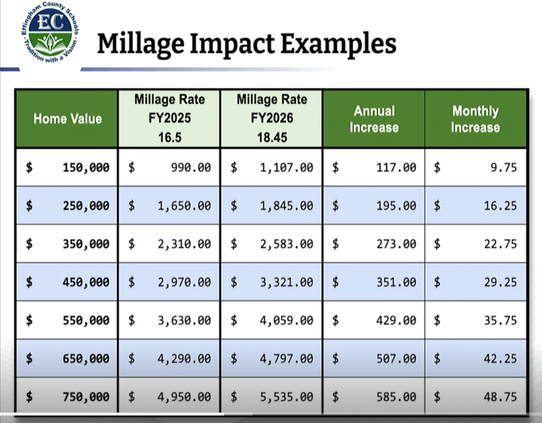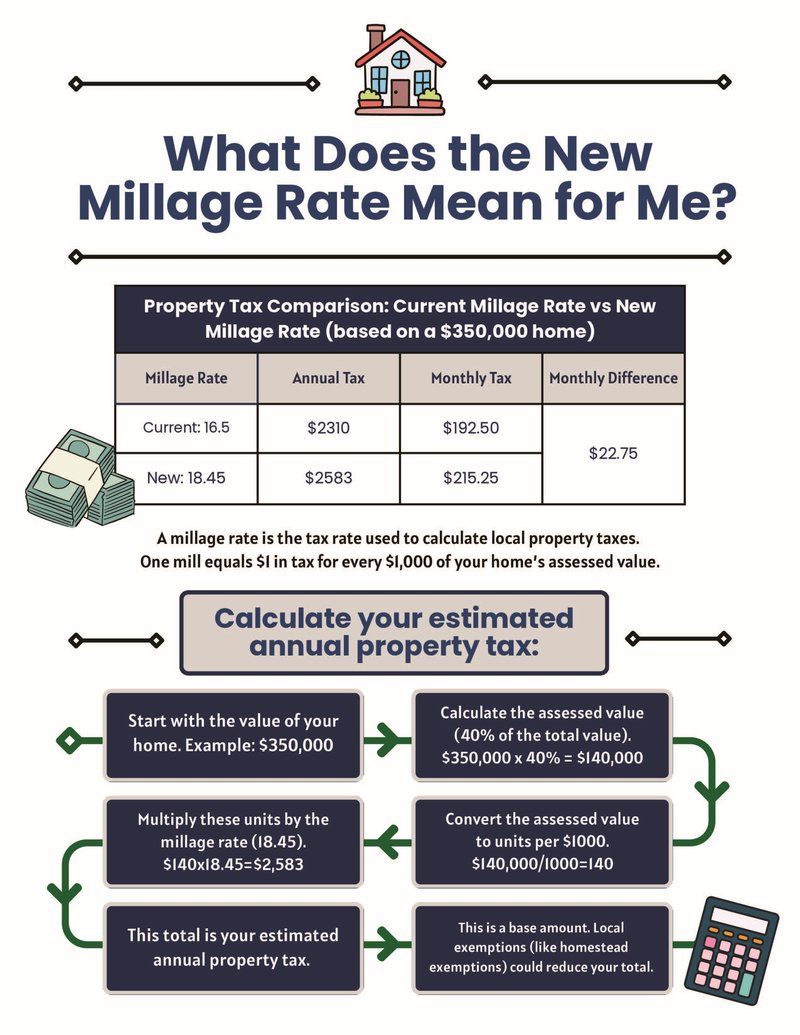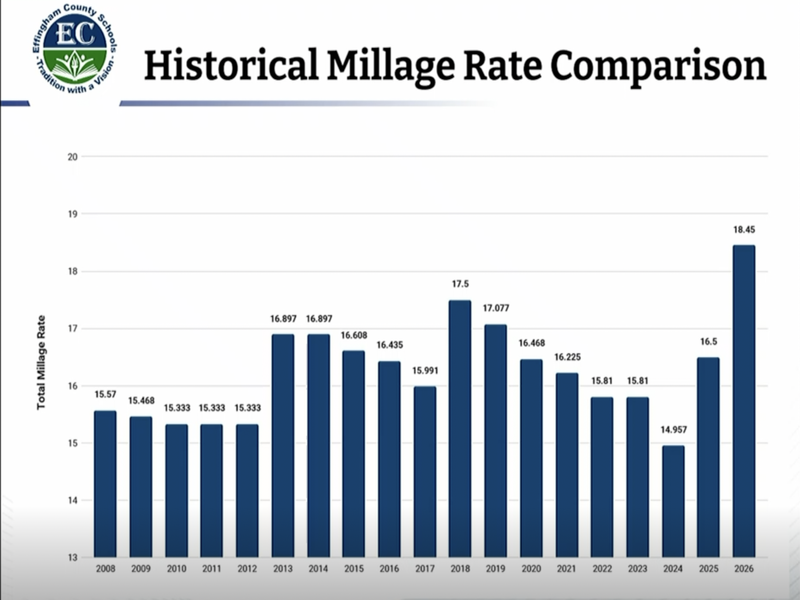Rincon City Council is looking at what to do about a request to close Sixth Street between Highway 21 and Richland Avenue.
At its meeting Monday night, the council heard a request from First Baptist Church of Rincon to close that section of the street and may schedule a public hearing on the topic.
Larry Way addressed the council with his concerns regarding the street that travels in between buildings owned by First Baptist Church of Rincon.
Way said on a daily basis there are situations encountered that he believes are unsafe for the number of children crossing Sixth Street.
“That street has become an integral part of our campus and is treated as such by our children, but that is not clear to people who come through there,” he said.
Way said there have been a number of times when children have come close to being hit by vehicles driving down the block. He said there have been several petitions signed, but there are some people in the area who oppose it.
“We believe that because of the situation we are dealing with and the variety of hours it makes good sense for us to close that street and have a different way for traffic to come in.”
Neal Kessler, a resident who lives on Sixth Street, doesn’t want to see the street closed.
“I want to let you know that I’m violently opposed to any closing of this street,” he said. “I’m really concerned as I’m getting up on age. If my wife has to call 911 for an ambulance for me, they could lose precious seconds or minutes getting to me having to navigate around that street.”
Kessler said the church knew the situation before the new sanctuary was built, and the church has other options that do not include closing the street. They just purchased the land to the north of the old sanctuary, and there’s an exit in the back of that building and back out to Richland.
Kessler said he, his wife and his daughter and her family live on the street, and between them they have six vehicles, and they use that section of Sixth Street frequently.
“It’s a public street, and I think the next thing if you go on and allow them to do this is they’re going to come in and want to close Richland because they own sides of the street on one block and one side of the street on another,” Kessler said. “I don’t think we ought to start doing this. I don’t see the necessity of a public hearing. I think you can come right out right now and tell them ‘no.’”
Wayne Whitley said some people don’t realize the importance of staying within the speed limit in that area. He said there was a traffic study done in the ’90s that found that 90 percent of the traffic was church related, and no emergency vehicles would be impeded or delayed by closing the street.
“That’s true today,” he said. “I don’t think anything’s changed. I think what has changed is the amount of traffic on Highway 21, the traffic to cut through to get to the residential areas, sometimes to get to Fourth Street to avoid the school traffic.”
Whitley said that there are plenty of other streets that can be used for that purpose.
Jim Head, a member of the church, said his wife encountered a close call with their child.
“It’s an impending danger,” Head said. “I do understand that there are other people in the area. Of course, their safety is of concern as well, but this is an immediate danger right now that we feel needs to be addressed.”
Head said there have been many close calls.
“The people that are in danger on an immediate daily basis outweigh someone that might have an extra 30 seconds or so necessary to get to their home if they were in need,” he said. “There are of course other streets they can use to get there.”
Head said Sixth Street is more of a side street, and it is the street where the majority of the foot traffic for the church is.
Currently, the church can close the road from 8:25-9:05 a.m. for drop off of pre-k, again from 11:30 a.m. until 12:15 p.m. for pickup, and during church services.
Jennifer Morgan, the director of the weekday ministry, said she closes the road during the drop-off and pick-up times every day.
“Somebody went around the cones,” she said. “He was traveling very fast, and I would have been laid out in the middle of the road he was traveling so fast.”
Morgan said the incident scared her that one of the children, staff or she could have been hurt.
“It’s very dangerous for us,” she said. “People go around those cones.”
Morgan said she unloads and loads approximately 70 children every day, and she tries to hold them, but “they dart” and if someone’s not paying attention, they’re going to get hurt.
“There was another vehicle that pulled up, and she knew because she looked out and yelled ‘I’m tired of ya’ll having this road blocked off,’” Morgan said.
First Baptist pastor Bob Rogers was asked if having a gate similar to Rincon Elementary would help the problem. He said Sixth Street is not as much of a thoroughfare as Richland. He said the other difference is the school has consistent hours of operation, while the church has activities at all hours and often six days a week.
“It’s making it out to sound like I’m not concerned with kids’ safety,” Kessler said. “I’m very concerned with kids’ safety. What I’m saying is there’s another option. They bought the land. They can go out the back of the building and change their traffic flow.”
Kessler said if the council goes by numbers there are only five houses on the street.
“So, I guess I lost to a thousand-member Baptist church,” he said.
Rogers said the church wants to be good neighbors and not be a bully — they are just concerned about the children’s safety.
“It’s even an inconvenience for our church office, but we just think it’s worth it,” he said.
